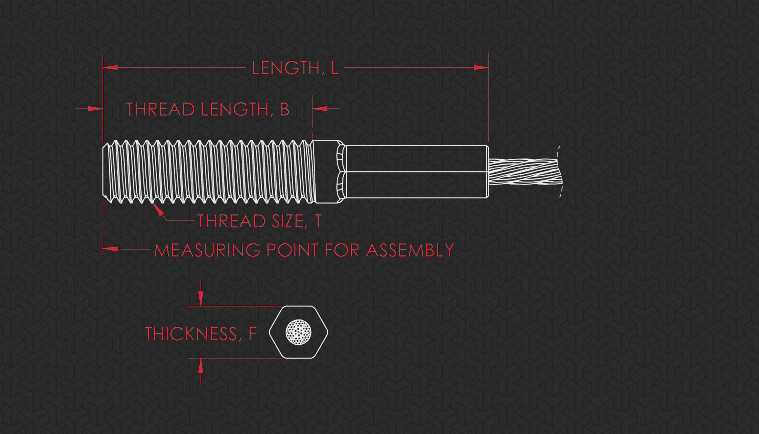CNC turning is a machining process used to create cylindrical parts by removing material from a workpiece. It is a widely used technique in the manufacturing industry, and it utilizes computer numerical control (CNC) technology to automate and control the machining operations. In this process, a cutting tool is applied to the rotating workpiece to create the desired shape.
Principles of CNC Turning:
Workpiece and Chucking: The workpiece is the material from which the desired part will be machined. It is usually a cylindrical shape and is held securely in place by a chuck or collet. The chuck rotates the workpiece, allowing for the cutting tool to make contact and shape it.
Cutting Tools: CNC turning employs various cutting tools to remove material from the workpiece. These tools are typically made of carbide or high-speed steel and come in different shapes and sizes. The choice of tool depends on factors such as the material being machined, the desired surface finish, and the specific operation being performed.
Tool Movement: CNC turning machines have multiple axes of movement that allow the cutting tool to approach the workpiece from different angles. The primary movements include:
a. Spindle Rotation: The spindle holds the workpiece and rotates it at high speeds. This rotation provides the necessary motion for the cutting tool to shape the workpiece.
b. X-Axis Movement: The X-axis is the horizontal axis parallel to the spindle. It controls the movement of the cutting tool along the workpiece's length.
c. Z-Axis Movement: The Z-axis is the vertical axis perpendicular to the spindle. It controls the depth of cut and the movement of the cutting tool towards or away from the workpiece.
d. Feed Rate: The feed rate determines how fast the cutting tool moves along the workpiece during machining. It affects the surface finish, cutting forces, and overall machining time.
Programming: CNC turning machines are controlled by computer programs that specify the tool movements, feed rates, and machining operations. These programs are created using specialized software and are often generated from computer-aided design (CAD) models of the desired part.

